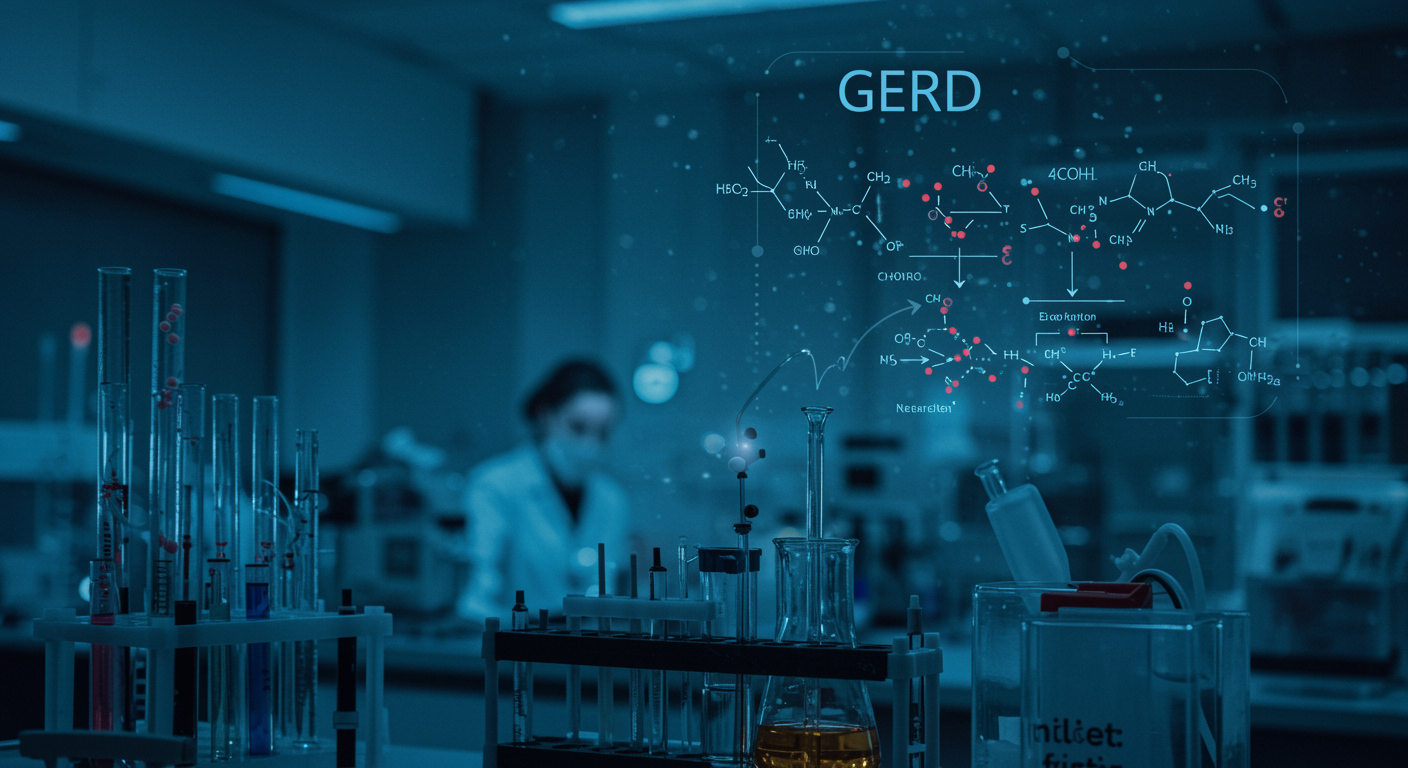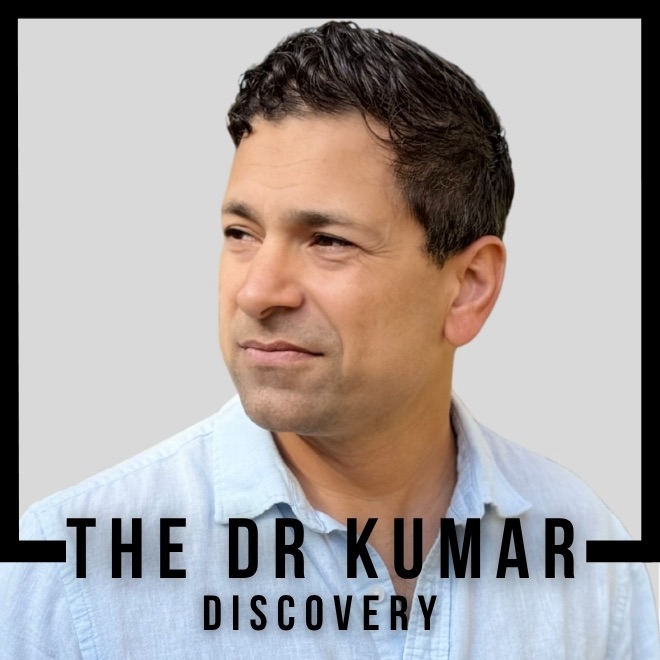What New Research Reveals About How GERD Actually Develops?
Recent advances in GERD research reveal that gastroesophageal reflux disease involves complex dynamic mechanisms beyond simple acid exposure, including inflammatory cascades, neural pathway disruptions, and molecular changes that create a self-perpetuating cycle of tissue damage and symptom progression. These discoveries are reshaping our understanding of why GERD develops and how it should be treated.
Dr. Kumar’s Take
This research represents a paradigm shift in how we understand GERD. Instead of viewing it as simply “too much acid,” we now see it as a complex disease involving inflammation, nerve dysfunction, and cellular changes that feed on each other. This explains why some patients don’t respond well to acid suppression alone and why GERD can be so persistent. Understanding these mechanisms opens doors to more targeted treatments that address the root causes rather than just symptoms.
What the Research Shows
This comprehensive review synthesizes recent advances in understanding GERD’s dynamic mechanisms, including molecular pathways involved in esophageal inflammation, neural regulation of reflux events, and cellular changes that promote disease progression. The research integrates findings from cellular studies, animal models, and human clinical investigations.
The analysis reveals that GERD involves multiple interconnected pathways including inflammatory mediator release, altered neural signaling, changes in esophageal barrier function, and molecular modifications that create positive feedback loops perpetuating the disease process.
How This Works (Biological Rationale)
GERD development involves a cascade of molecular events starting with initial acid exposure that triggers inflammatory responses in esophageal tissue. This inflammation releases cytokines and other mediators that increase tissue sensitivity, alter neural signaling, and compromise the esophageal barrier function.
The compromised barrier allows deeper acid penetration, triggering more inflammation and creating a self-perpetuating cycle. Simultaneously, neural pathway changes increase the frequency of transient lower esophageal sphincter relaxations and alter pain perception, contributing to both symptom development and disease progression.
Why This Matters for Modern Medicine
Understanding GERD’s dynamic mechanisms explains why traditional acid-suppression therapy, while effective for many patients, doesn’t address all aspects of the disease. These insights are driving development of new therapeutic approaches targeting inflammation, neural pathways, and barrier function restoration.
The research also explains individual variations in GERD presentation and treatment response, suggesting that personalized medicine approaches based on specific mechanistic profiles may improve outcomes for patients who don’t respond to standard treatments.
Practical Takeaways
- Recognize that GERD involves multiple mechanisms beyond acid production that may require comprehensive treatment approaches
- Understand that early intervention may prevent establishment of self-perpetuating inflammatory cycles
- Consider that anti-inflammatory strategies may complement acid suppression in some patients
- Appreciate that neural pathway involvement explains why stress and lifestyle factors significantly impact GERD
- Realize that barrier function restoration may be as important as acid reduction for long-term management
- Stay informed about emerging targeted therapies that address specific GERD mechanisms
Related Studies and Research
- Specific Movement of Esophagus During Transient Lower Esophageal Sphincter Relaxation
- Hiatal Hernia, Lower Esophageal Sphincter and Their Combined Effect
- Global Prevalence and Risk Factors of Gastroesophageal Reflux Disease
- ACG Clinical Guideline: Guidelines for the Diagnosis and Management of Gastroesophageal Reflux Disease
- Episode 25: The Great GERD Mistake - How Medicine Made Heartburn Worse and How to Fix It
FAQs
How do these new mechanisms change GERD treatment?
Understanding these mechanisms is leading to development of targeted therapies that address inflammation, neural dysfunction, and barrier repair, potentially offering better outcomes for patients who don’t respond to acid suppression alone.
Why don’t all GERD patients respond to acid-blocking medications?
The dynamic mechanisms show that GERD involves inflammatory and neural components that aren’t directly addressed by acid suppression, explaining why some patients need additional or alternative treatments.
Can lifestyle changes affect these molecular mechanisms?
Yes, factors like stress reduction, anti-inflammatory diets, and weight management may help interrupt the inflammatory cascades and neural pathway disruptions that perpetuate GERD.
Are there tests to identify which mechanisms are active in individual patients?
Research is ongoing to develop biomarkers and diagnostic tests that could identify specific mechanistic profiles, potentially enabling personalized treatment approaches.
How do these findings explain why GERD can worsen over time?
The self-perpetuating cycles of inflammation and neural dysfunction explain how GERD can progress from mild symptoms to severe complications even with treatment - discuss comprehensive management strategies with your healthcare provider.
Bottom Line
GERD involves complex dynamic mechanisms including inflammatory cascades, neural pathway disruptions, and cellular changes that create self-perpetuating disease cycles. Understanding these mechanisms is revolutionizing GERD treatment approaches and explaining why comprehensive management beyond acid suppression may be necessary.


